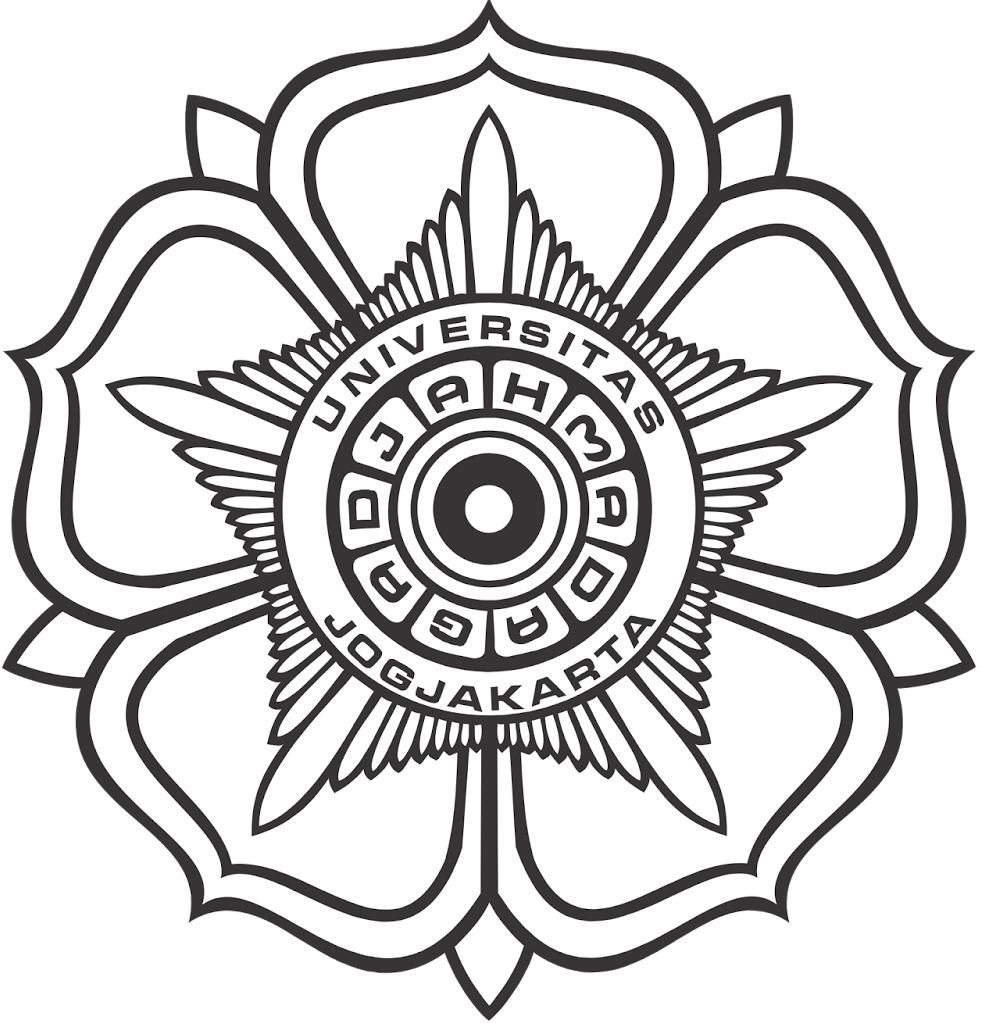BIOCHEMICAL CHANGES OF CERTAIN PLANT SPECIES DUE TO VARIOUS DRYING TREATMENTS
Abstract
Phytochemical analysis of the Indian medicinal plants to identify the therapeutically active chemical compounds in them and clinically testing for their efficacy and risks is an inescapable procedure, to provide new sources of natural products to the pharmaceutical industry. Therefore, the phytochemical screening studies should be concentrated on the hitherto unexplored medicinal plants for their medicinal values. In the current study the leaves of different medicinal plants like Achyranthus aspera, Acalypha indica, Euphorbia hirta, Lindenbergia indica, Parthenium hysterophorus and Pesistrophe bicalyculata were taken for the chlorophyll and carotenoid estimation by the method of Jayaraman (1981). The leaves of the following plants were allowed to dry in an oven at different temperatures, time period and freeze drying. Oven drying was done at 50±10C for 9 hours and at 70±1ºC for 5 hours. Results obtained revealed that both the drying treatments affect/decrease the chlorophyll content of all the six plants. The maximum effect was seen in Euphorbia hirta (93.97%) for oven drying at 50±1ºC for 9 hours. The minimum effect was observed in Parthenium hysterophorus (21.68%) for oven drying at 70±1ºC for 5 hours and Achyranthus aspera (11.56%) for freeze drying. The leaf preparations treated by oven drying was found to have lower chlorophyll and carotenoid content as compared to freeze drying which in turn has lower chlorophyll content as compared to fresh extracts.
Key words: Chlorophyll content, Drying treatments, and leaf extract.
Full Text:
UntitledReferences
Edeoga, H.O, and Eriata, D.O., 2001, Alkaloid, tannin and saponin contents of some Nigeria medicinal plants. J. Med. Aromatic Plant Sci. 23: 344-349.
Ghani, A., 1990, Introduction to Pharma-cognosy. Limited Zaria, Ahmadu Bello University Press, Nigeria. 45-47, 187-197.
Iwu, M.M., Ducan, A.R., and Okunji C.O. 1999. New antimicrobials of plant origin. in J. Janick (ed.). Prospective on new crops and new uses, ASHS press, Alexandria, V.A. 457-462.
Jayaraman, J., 1981, Laboratory Manual in Biochemistry. Wiley Eastern Ltd, New Delhi, India, 53: 75-76.
Lee, S.E., Hwang, H.J. and Ha, JS., 2003, Screening of medicinal plant extracts for antioxidant activity. Life Sci. 73: 167-179.
Mahanom, H., Azizah, A.H. and Dzulkifly, M.H., 1999, Effect of different drying methods on concentrations of several phyto-chemicals in herbal preparation of 8 medicinal plants leaves. Mal. J. Nutr. 5:47-54.
Rojas, R., Bustamante, B., Bauer, J., Fernandez,I., Alban, J. and Lock, O., 2003, Antimicrobial activity of selected Peruvian medicinal plants. J. Ethnopharmacol. 88: 199- 204.
Schuler, P., 1990, Natural antioxidants exploited commercially. in Food Antioxidants, Hudson BJF (ed.). Elsevier, London. 170.
Shariff, Z.U., 2001, Modern Herbal Therapy for common Ailments. Nature Pharmacy Series vol. 1, Spectrum Books Ltd., Ibadan, Nigeria. in Association with Safari Books (Export) Ltd. UK. 9-84
Srivastava, J., Lambert, J., and Vietmeyer, N. 1996, Medicinal plants: An expanding role in development. World Bank Technical. 320.
DOI: http://dx.doi.org/10.14499/indonesianjpharm23iss2pp110-114
Refbacks
- There are currently no refbacks.
Copyright (c) 2017 INDONESIAN JOURNAL OF PHARMACY

This work is licensed under a Creative Commons Attribution-ShareAlike 4.0 International License.
Indonesian J Pharm indexed by:







































